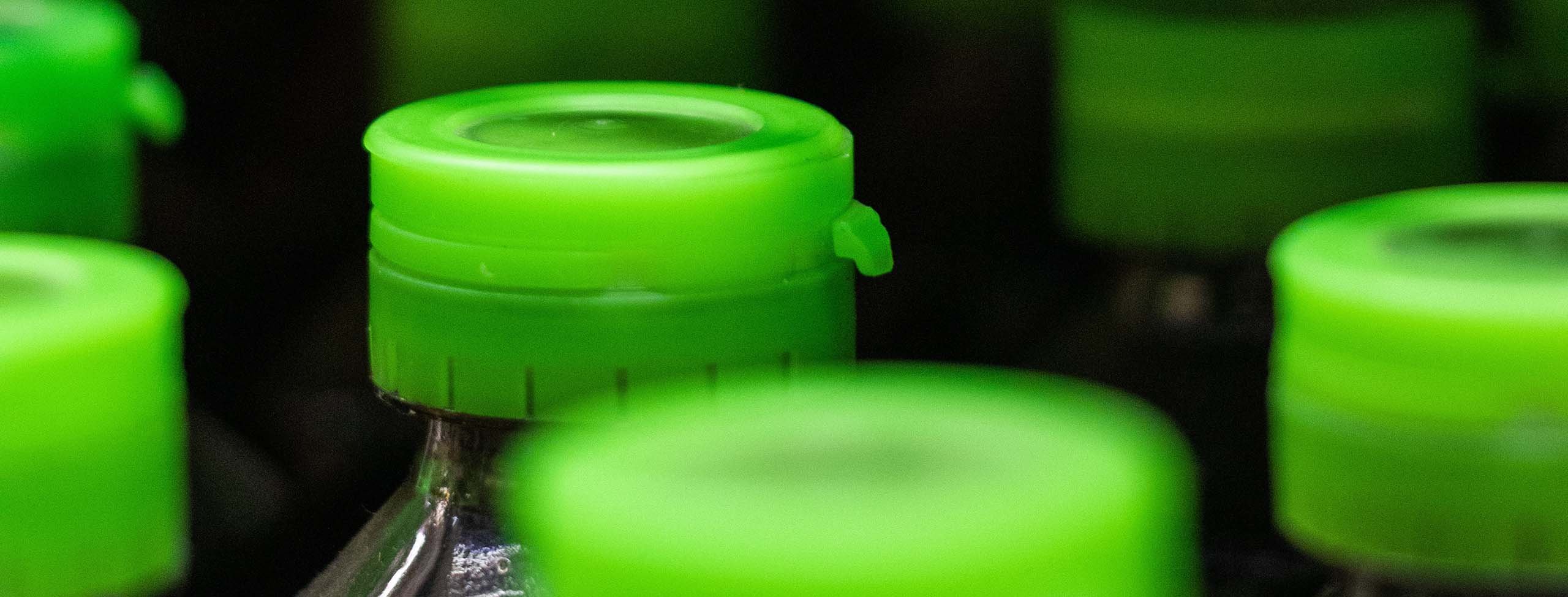
21 January 2025 • 14 minute read
Maine DEP proposes Currently Unavoidable Use procedures for PFAS in Products law
Maine’s Department of Environmental Protection (DEP) recently published a proposed rule prescribing procedures and criteria for determining Currently Unavoidable Uses (CUU) of intentionally added per- and polyfluoroalkyl substances (PFAS) in products subject to Maine’s PFAS in Products law (38 M.R.S. § 1614).
It also proposes a broader implementation of the state law's sales prohibitions and notification requirements. We discuss how this could affect manufacturers and stakeholders below.
Obtaining CUU determinations
In August 2024, DEP released draft concept language outlining its position on CUU determinations. While DEP has made some edits to its position as seen in the recently proposed rule – for example, the draft concept language set the fee for submission of CUU notifications at $5,000, while the proposed rule lowered this fee to $1,500 – both drafts are quite similar.
If finalized, DEP’s rule will require manufacturers seeking CUU determinations for their products to provide significant amounts of information in their proposals, including:
- Product description (structure, function, GPC or HTS code, NAICS code)
- An explanation of why PFAS inclusion is essential for health, safety, or the functioning of society
- A description of how the use of PFAS in the product is essential to its function
- A description of reasonably available PFAS alternatives for the product
- A list of federal and state regulations that govern PFAS in the product
- A list of comparable products for sale in states other than Maine, if a provider’s product is subject to a CUU ban (or no CUU determination has been) made in that state
- A justification explaining how products available in compliance with other jurisdictions’ PFAS-related requirements are not reasonably available alternatives for the product, or supporting documentation demonstrating that those products would not perform as intended in Maine due to differing physical or climate conditions
- Submitter contact information, and
- Known or reasonably ascertainable information regarding the relevant PFAS compound’s human health or environmental impacts.
Manufacturers are encouraged to submit information in a timely manner. Specifically, according to the rule, proposals for an initial CUU determination should be submitted to DEP no earlier than 36 months, and no later than 18 months, prior to the applicable sales prohibition.
However, for products facing sales prohibitions in January 2026, the rule requires that CUU proposals be submitted no later than June 1, 2025. DEP strongly recommends against making claims of confidentiality in CUU proposals because CUU determinations will be subject to public comment, and proposals must contain sufficient publicly available information to justify approval.
During the January 16, 2025 public hearing on the proposed rule, stakeholders requested an opportunity to submit CUU proposals earlier than 36 months before an applicable prohibition due to the complex business operations, manufacturing timelines, and supply chains that would face regulatory uncertainty regarding whether a CUU would be granted in such close proximity to an upcoming restriction.
Stakeholders also expressed concerns about the five-year exemption period afforded by a CUU determination given the uncertainties surrounding identifying PFAS alternatives within this compressed timeline.
Upcoming sales prohibitions on products containing intentionally added PFAS
Stakeholders are encouraged to be aware of the following upcoming sale and distribution restrictions, as well as statutory exemptions, as they evaluate CUU proposal options:
|
Effective date |
Product category |
|
January 1, 2023 |
|
|
January 1, 2026 |
|
|
January 1, 2029 |
|
|
January 1, 2032 |
|
|
January 1, 2040 |
|
|
Product exemptions |
|
Looking ahead
The proposed rule remains open for public comment until 5:00 pm EST on January 28, 2025. DLA Piper’s PFAS Task Force continues to evaluate and assist clients with navigating the evolving PFAS regulatory landscape. For further questions or assistance, please contact the authors.


